
Greenpeace is an independent global campaigning network, founded in Canada in 1971 by a group of environmental activists. Greenpeace states its goal is to "ensure the ability of the Earth to nurture life in all its diversity" and focuses its campaigning on worldwide issues such as climate change, deforestation, overfishing, commercial whaling, genetic engineering, anti-war and anti-nuclear issues. It uses direct action, advocacy, research, and ecotage to achieve its goals.

The Great Australian Bight is a large oceanic bight, or open bay, off the central and western portions of the southern coastline of mainland Australia.

The Coral Sea is a marginal sea of the South Pacific off the northeast coast of Australia, and classified as an interim Australian bioregion. The Coral Sea extends 2,000 kilometres (1,200 mi) down the Australian northeast coast. Most of it is protected by the French Natural Park of the Coral Sea and the Australian Coral Sea Marine Park. The sea was the location for the Battle of the Coral Sea, a major confrontation during World War II between the navies of the Empire of Japan, and the United States and Australia.
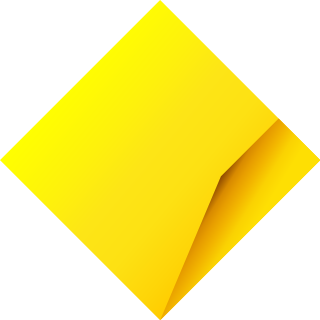
The Commonwealth Bank of Australia (CBA), or CommBank, is an Australian multinational bank with businesses across New Zealand, Asia, the United States, and the United Kingdom. It provides a variety of financial services, including retail, business and institutional banking, funds management, superannuation, insurance, investment, and broking services. The Commonwealth Bank is the largest Australian listed company on the Australian Securities Exchange as of August 2015, with brands including Bankwest, Colonial First State Investments, ASB Bank, Commonwealth Securities (CommSec) and Commonwealth Insurance (CommInsure). Its former constituent parts were the Commonwealth Trading Bank of Australia, the Commonwealth Savings Bank of Australia, and the Commonwealth Development Bank.

The Australian Conservation Foundation (ACF) is Australia's national environmental organisation, launched in 1965 in response to a proposal by the World Wide Fund for Nature for a more co-ordinated approach to sustainability.
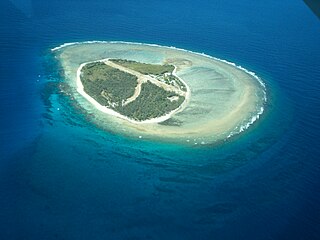
Lady Elliot Island is the southernmost coral cay of the Great Barrier Reef, Australia. The island lies 46 nautical miles north-east of Bundaberg and covers an area of approximately 45 hectares. It is part of the Capricorn and Bunker Group of islands and is owned by the Commonwealth of Australia. The island is home to a small eco resort and an airstrip, which is serviced daily by flights from Bundaberg, Hervey Bay, Brisbane and the Gold Coast.
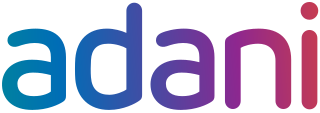
Adani Group is an Indian multinational conglomerate, headquartered in Ahmedabad. Founded by Gautam Adani in 1988 as a commodity trading business, the Group's businesses include sea and airport management, electricity generation and transmission, mining, natural gas, food, weapons, and infrastructure. More than 60% of its revenue is derived from coal-related businesses.
The Australian Marine Conservation Society (AMCS) is an Australian environmental not-for-profit organisation. It was founded in 1965 as the Queensland Littoral Society before changing its name to the Australian Littoral Society and then finally in 1995 to its current title. It works on protecting the health and vitality of Australia's coasts and oceans.
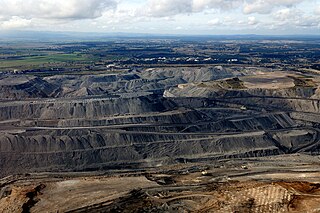
Coal is mined in every state of Australia. The largest black coal resources occur in Queensland and New South Wales. About 70% of coal mined in Australia is exported, mostly to eastern Asia, and of the balance most is used in electricity generation. In 2019-20 Australia exported 390 Mt of coal and was the world's largest exporter of metallurgical coal and second largest exporter of thermal coal. While only employing 50,000 mining jobs nationally coal provides a rich revenue stream for governments.

Abbot Point Port is home to the North Queensland Export Terminal (NQXT), the most northerly deepwater coal port of Australia, situated approximately 25 kilometres (16 mi) north-west of the township of Bowen (Queensland). Established in 1984, it consists of a rail in-loading facility, coal handling and stockpile areas, and a single trestle jetty and conveyor connected to a berth and shiploader, located 2.75 km off-shore. Coal reaches the port via the GAP railway line from the Bowen Basin Coalfields.
Environmental Defenders Office (EDO) is an Australian NGO that encourages, funds, and provides lawyers and legal support for litigation, law reform, and community engagement on climate change and environmental issues. EDO formed in late 2019 with the merger of eight separate state and territory organisations into one national organisation. Topics of interest to EDO include: climate change, biodiversity, water, and healthy communities.
The Environmental Defender's Office (NSW) in Sydney, New South Wales, was one of nine EDO offices located across Australia, formerly known as the Australian Network of EDOs (ANEDO).

Adani Enterprises Limited (AEL) is an Indian multinational publicly-listed holding company and a part of Adani Group. It is headquartered in Ahmedabad and primarily involved in mining and trading of coal and iron ore. Through its various subsidiaries, it also has business interests in airport operations, edible oils, road, rail and water infrastructure, data centers, and solar manufacturing, among others.

The Galilee Basin is a large inland geological basin in the western Queensland region of Australia. The Galilee Basin is part of a larger Carboniferous to Mid-Triassic basin system that contains the Cooper Basin, situated towards the south-west of the Galilee Basin, and the Bowen Basin to the east. The Galilee Basin covers a total area of approximately 247,000 square kilometres (95,000 sq mi). The basin is underlain by the Carboniferous Drummond Basin and overlain by the Cretaceous – Jurassic Eromanga Basin. The Triassic and younger sediments of the Galilee Basin form the basal sequence of the Great Artesian Basin drainage basin.
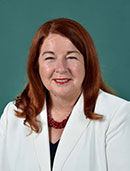
Melissa Lee Price is an Australian politician who served as Minister for Defence Industry from 2019 to 2022 and as Minister for Science and Technology from 2021 to 2022 in the Morrison government. She has been a member of the House of Representatives since 2013, representing the Division of Durack in Western Australia. A member of the Liberal Party, she previously served as Minister for the Environment (2018–2019) and Assistant Minister for the Environment (2017–2018).

The Carmichael coal mine is a coal mine in Queensland, Australia which produced its first shipment of coal in December 2021.

Dawn Elizabeth Walker is an Australian former politician. She was appointed as a Greens member of the New South Wales Legislative Council on 22 February 2017 to fill a casual vacancy resulting from the resignation of Jan Barham, and served until her defeat at the 2019 state election.
Felicity Jane "Flic" Wishart was an Australian conservationist and environmental activist.
GovernmentRisk360 is a methodology designed to systematically capture the range of government related risk factors at play in an Australian domestic context. It was developed by and launched by FPL Advisory, a regulatory affairs firm specialising in supporting corporate, public sector, non-profit and membership association clients in managing their interactions and activity with government.
Seed Mob, also known simply as Seed, is an Indigenous youth climate network in Australia.













